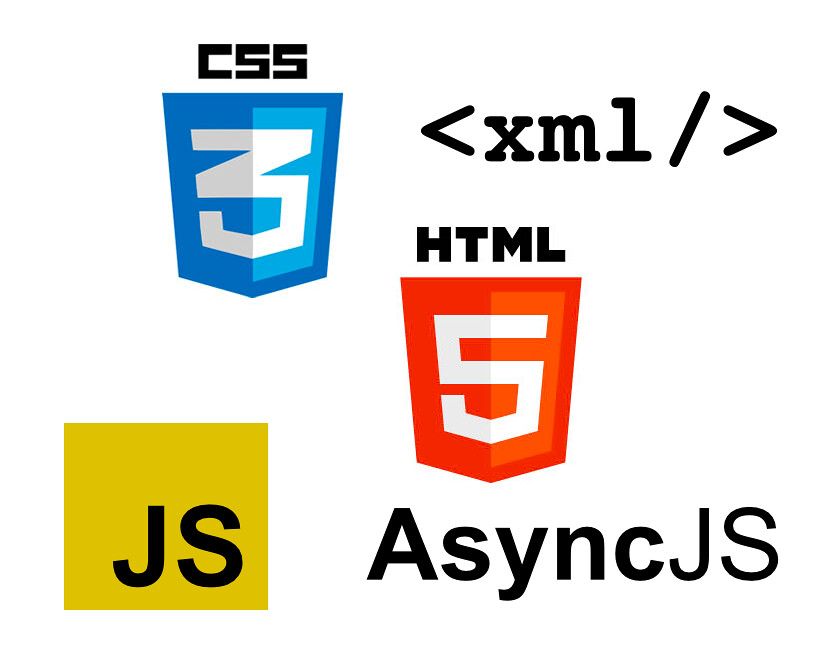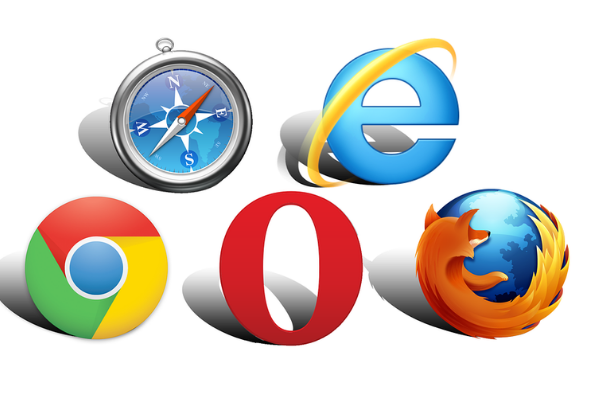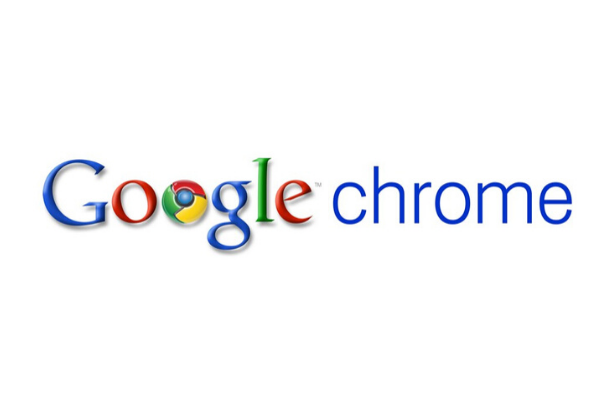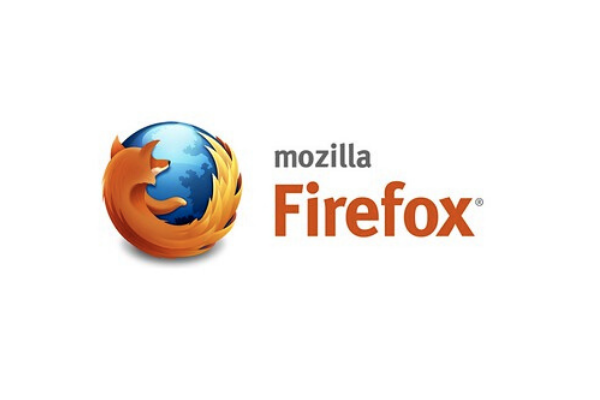My virtual people Blog
10 Web Technologies Every Web Developer Should Know (Part 1)

Web development originates with an enormous set of instructions, procedures, and protocols every web developer should recognize. If you want a website or web application to look and work as your/clients wish, then you must have to acknowledge the technologies that will help you to achieve your goal.
Developing a web application or a website classically comes downcast to perceptive 4 main languages: HTML, CSS, JavaScript and any server site language. And even though it sounds pretty complex, the minute you recognize what you are doing, understanding web technology and the means it works become pointedly calmer.

If you want to know the introduction of web technologies and the latest web technologies which will help you to build a website or web application efficiently, then sit tight this article is for you.
So, Let’s move on . . .
First of all, we have to know that, what is web technology?
In simply, Web technologies are the markup languages and software correspondences computers habit to interconnect. You maybe identify that computers don't interconnect with each other the way that people do. As a substitute, computers necessitate codes, or instructions. These binary codes and instructions permit computers to development required data. Every single second, billions upon billions of ones and zeros are administered in instruction to deliver you with the evidence you prerequisite.
Now from a developer’s standpoint, these are belongings like languages and frameworks, data storage apparatuses, amenities, and products to permit us to produce platforms and applications for the web.
So, we can stop in the conclusion that the approaches by which computers interconnect with each other by the use of markup languages and multimedia correspondences are acknowledged as web technology.
1 – Web Browser’s

Simply, a web browser or internet browser is a software application for repossessing information or data on the World Wide Web. Each separate web page, image, and video is recognized by a different Uniform Source Locator, allowing browsers to repossess these sources from a web server and presentation them on a user's device.
Now let’s see some common web browsers list.
Google Chrome
The most popular browser nowadays produced by Internet giant Google. Google chrome approximately 33% of people of the world use this browser. Google Chrome concentrations on heightened presentation of web applications. Hundreds of advantageous extensions can be downloaded for free from Chrome Store and also can be used for private use.

Key Features
• We can use a private browser tab.
• It is an extremely fast web browser.
• If a website crashes on one of your tabs, other open tabs will not be affected.
• It has a very unique, simple design and easy to use.
• It has an efficient address bar.
Cons
• When Google chrome runs it used up a lot of memory (RAM)
• If you mistakenly close the google chrome browser, it will close all the tabs opened without any notice.
Mozilla Firefox
A web browser considered for effortlessness, safekeeping, extensibility yet litheness and power. It is an open-source web browser made by the Mozilla foundation. Mozilla Firefox web browser is also available for Linux and android too. There are heaps of plugins and extensions with some commanding developer tools available in Mozilla Firefox.

Endless updates, high recital distributed and the customizable interface is a paradise for advanced users. Mozilla Firefox permits an open architecture which admits the installation of themes and extensions. Themes provide the web browser a customizable brand-new look. Another key thing in Mozilla Firefox is web developers can write extensions to brand the browser accomplish functions as a favorite like check your Gmail account when you open the browser, otherwise block all ads.
Cons
• Mozilla Firefox is known for high CPU memory usage.
• It is slow in initial boot time.
• While running multiple instances of plugin-in applications often slow down web page downloading.
There are numerous web browser available such as opera-mini, UC browser, Safari, Internet Explorer, etc.
[Continues with Part 2 . . . ]


No comments yet